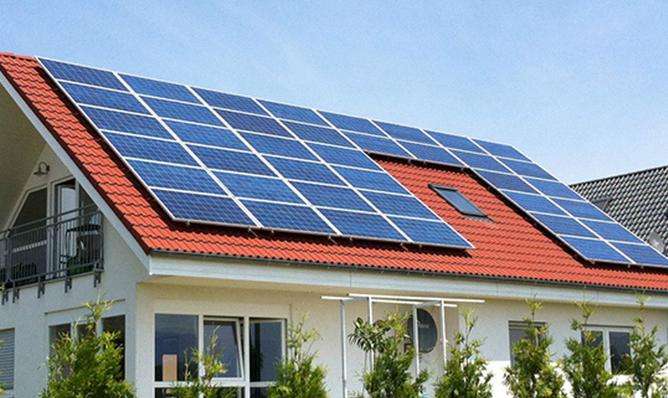1: Take a four-wheel drive motor, put a ballpoint pen refill on the shaft, connect a diode to the output end of the motor, wrap a rope around the refill, and then pull quickly on the rope to turn. on the light.
2: It’s very simple. Electricity can produce magnetism, and magnetism can also produce electricity. You need a motor, and you also need power to drive the motor. The input end of the motor is also the output. END. Use a bridge. Method, connect 4 diodes to rectify, the output voltage is stable and it will light up when connected to a light bulb.
3: A windmill, a motor, a small wind turbine, light bulb , wires
In the process of converting wind energy into mechanical energy~
The mechanical power should be as high as possible~
The weight of Windmill blades should be small~
There is also a difference in the number of blades you choose~
This needs to be tested by yourself~
You also need a transmission device and transmission~
Since the speed of the windmill will not be too high~
It is necessary to accelerate the speed through a transmission device~
Just use a gearbox~
The step of converting mechanical energy into electrical energy~
Due to lz, the required voltage is not not big~
Just use a general fixed pole generator~
The output voltage is unstable~
It is necessary If so , add a voltage stabilizing circuit to the output~
4: How big should it be? As long as you have a small four-wheel drive motor, connect it to an electrical device like a small light bulb, turn its shaft, and find a way to increase its speed, it'st everything. In fact, the principles of generators and. the engines are the same. It's just that the process is reversed.
You can also use a chemical method, using a primary battery, which involves inserting an iron wire and a copper wire into an apple. It doesn't have to be iron and copper, as long as it is. Different materials are ok, have fun~!
Helpful science creations include: a simple wind turbine, a model volcano, a paper cup speaker, and a homemade rainbow.
1. Simple Wind Turbine: Using the basic principle of converting wind energy into electrical energy, a simple wind turbine can be made. On campus or at home, by connecting a small wind turbine to a battery, you can use natural wind to charge the battery. When current is emitted, electrical energy can be consumed via appselectrical devices such as light bulbs.
2. Volcano Model: Volcano is a natural phenomenon, and its formation and eruption process involves scientific principles such as geology and chemistry. Using clay, gypsum and other materials to make volcano models can vividly display the shape and eruption process of the volcano. At the same time, volcanic eruptions can also be simulated by experiments.
3. Paper cup speaker: Drill a small hole in the bottom of the paper cup, insert a magnet, then connect a music chip to create a simple speaker. When the magnet is affected by the magnetic field of the music chip, it will make the moving paper cup vibrate and make a sound. This type of work can demonstrate the principles of sound propagation in physics.
4. Create your own rainbow: use a prism to break up the lightof the sun into a spectrum of seven colors to create your own rainbow. On a sunny day, place the prism in the corner of the house and adjust the angle so that the sunlight passes through the prism to form a spectrum and you can see a beautiful rainbow. This type of work can demonstrate the principles of optics.
The steps to make a simple solar water heater are as follows:
1 Prepare some materials: a large plastic bottle, paper aluminum and foil. black paint, masking tape and a pair of scissors.
2. The steps are as follows:
Cut the plastic bottle in half and keep the part with the bottle neck at the bottom.
Paint the inside of plastic bottles black with black paint to better absorb sunlight.
Wrap the outside of plastic bottles with paperaluminum to reflect sunlight.
Punk a few small holes in the aluminum foil with scissors so that water can be heated through these holes.
Use tape to attach the aluminum foil to the plastic bottle.
After production is completed, we can place this simple solar water heater in the sun and let it absorb sunlight and convert it into thermal energy. This thermal energy can be used to heat water, making our lives more convenient. For example, it can be used to heat food during a picnic or boil drinking water during outdoor activities.
This scientific artifact not only helps us understand how solar energy works, but also plays a role in real life. Through this project we can see how scientific knowledge is applied to everyday life and howthey change the quality of our lives.














